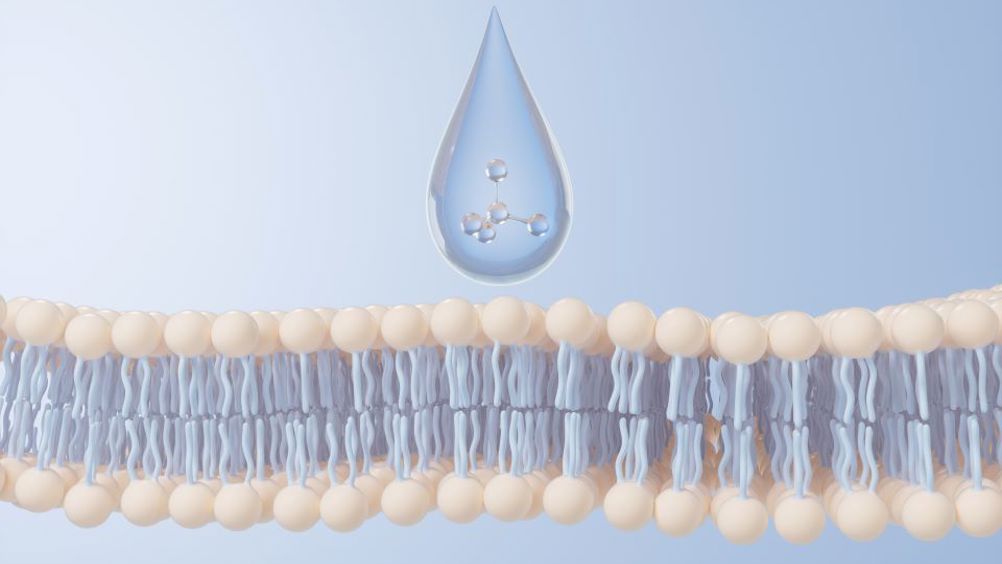Bioinspired membrane development aims for single contaminant selectivity
Aston University researchers are developing a bioinspired membrane that will allow scientists to selectively remove a single contaminant from water with minimal energy.

The membranes will be made from plastic but will have transmembrane proteins embedded within them, made possible with new polymers developed at Aston.
The transmembrane proteins enable the selective removal of specific contaminants using transport channels measuring approximately 4-10nm.
Dr Matt Derry, from the College of Engineering and Physical Sciences at Aston, explained that the new polymers will have a dual function.
“Firstly, they will interact with expressed transmembrane proteins to solubilise them in aqueous media by forming polymer-protein nanodiscs,” he said. “Secondly, specific polymer functionality will ensure that these nanodiscs can be immobilised within macroscopic artificial polymer membranes for water separation applications.”
Dr Derry added that the proteins are expected to be stable for months, or even years.
“Our aim is to develop a platform technology that can be utilised in a 'plug and play' style depending on the molecular species we wish to selectively remove from water,” he said.
The two-year project has received £165,999 from the Engineering and Physical Sciences Research Council. Project partners include Midlands Innovation and Aquaporin, a multinational membrane specialist headquartered in Denmark.
Register now to continue reading
Thanks for visiting The Engineer. You’ve now reached your monthly limit of news stories. Register for free to unlock unlimited access to all of our news coverage, as well as premium content including opinion, in-depth features and special reports.
Benefits of registering
-
In-depth insights and coverage of key emerging trends
-
Unrestricted access to special reports throughout the year
-
Daily technology news delivered straight to your inbox










Water Sector Talent Exodus Could Cripple The Sector
Well let´s do a little experiment. My last (10.4.25) half-yearly water/waste water bill from Severn Trent was £98.29. How much does not-for-profit Dŵr...